Cool Roofs vs. Green Roofs: Sustainable Roofing Options
Explore the benefits and considerations of cool roofs and green roofs to find the perfect sustainable solution for your home.
In the pursuit of sustainable living, homeowners are increasingly turning to innovative roofing solutions that not only enhance their home's aesthetics but also promote environmental responsibility. Two popular options are cool roofs and green roofs. At Riley Roofing, we are dedicated to helping you choose the best sustainable roofing option that suits your needs and environmental goals.
Cool Roofs
Benefits:
- Energy Efficiency: Cool roofs are designed to reflect more sunlight and absorb less heat than standard roofs. This reduces the need for air conditioning, especially during hot summer months, leading to significant energy savings.
- Enhanced Comfort: By reducing the roof’s surface temperature, cool roofs help maintain a cooler indoor environment, enhancing overall comfort for the occupants.
- Extended Roof Lifespan: Lower temperatures can extend the life of your roof by reducing thermal expansion and contraction, which can cause wear and tear.
- Environmental Impact: Cool roofs help mitigate the urban heat island effect, where urban areas become significantly warmer than their rural surroundings due to human activities. This contributes to lower overall energy consumption and reduced greenhouse gas emissions.
Considerations:
- Initial Cost: Cool roofs can be more expensive upfront compared to traditional roofing materials, though the long-term energy savings can offset this initial investment.
- Climate Suitability: Cool roofs are most effective in hot climates. In cooler regions, they might not offer the same level of energy savings and could potentially increase heating costs in winter.
Green Roofs
Benefits:
- Insulation and Energy Savings: Green roofs provide excellent insulation, keeping homes cooler in the summer and warmer in the winter, which can reduce heating and cooling costs.
- Stormwater Management: The vegetation and soil layers in green roofs absorb rainwater, reducing runoff and alleviating the strain on drainage systems. This helps in managing stormwater and preventing flooding.
- Biodiversity and Air Quality: Green roofs create habitats for wildlife, promoting biodiversity. They also improve air quality by filtering pollutants and carbon dioxide from the air.
- Aesthetic Appeal and Value: Green roofs offer a visually appealing landscape and can significantly increase the value of your property. They provide a natural space for relaxation and can be a great addition to urban environments.
Considerations:
- Weight and Structural Support: Green roofs are heavier than traditional roofs due to the soil and vegetation layers. Your roof structure needs to be able to support this additional weight, which might require reinforcement.
- Maintenance: Green roofs require ongoing maintenance, including watering, weeding, and occasional replanting to ensure the vegetation remains healthy and vibrant.
- Initial Cost and Complexity: Installing a green roof can be more complex and costly than traditional roofing options. It involves specialized design and installation techniques to ensure proper drainage and plant growth.
Choosing the Right Sustainable Roof
When deciding between a cool roof and a green roof, consider your specific environmental goals, climate, budget, and the structural capabilities of your home. At Riley Roofing, our team of experts is ready to help you navigate these options, ensuring you choose a sustainable roofing solution that enhances your home’s efficiency and environmental footprint.


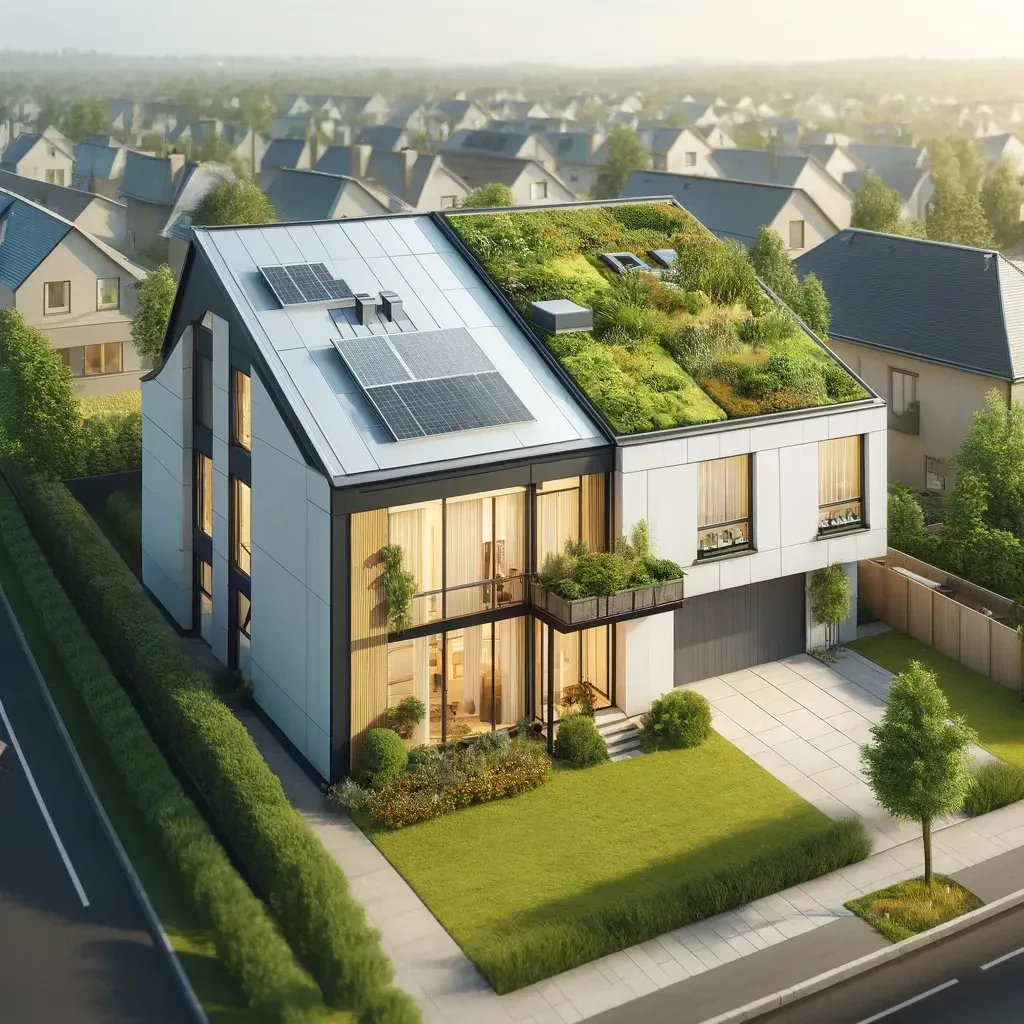
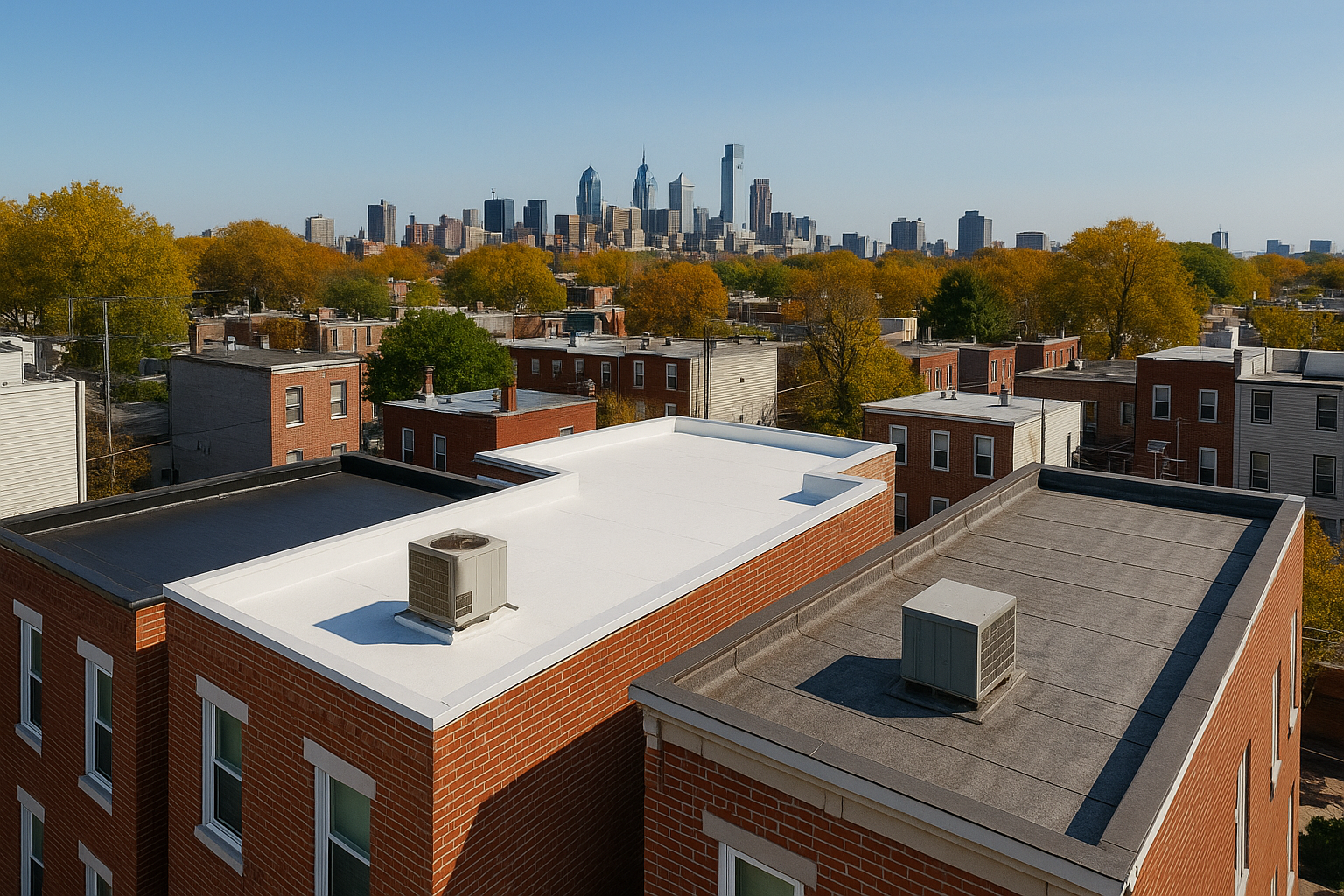
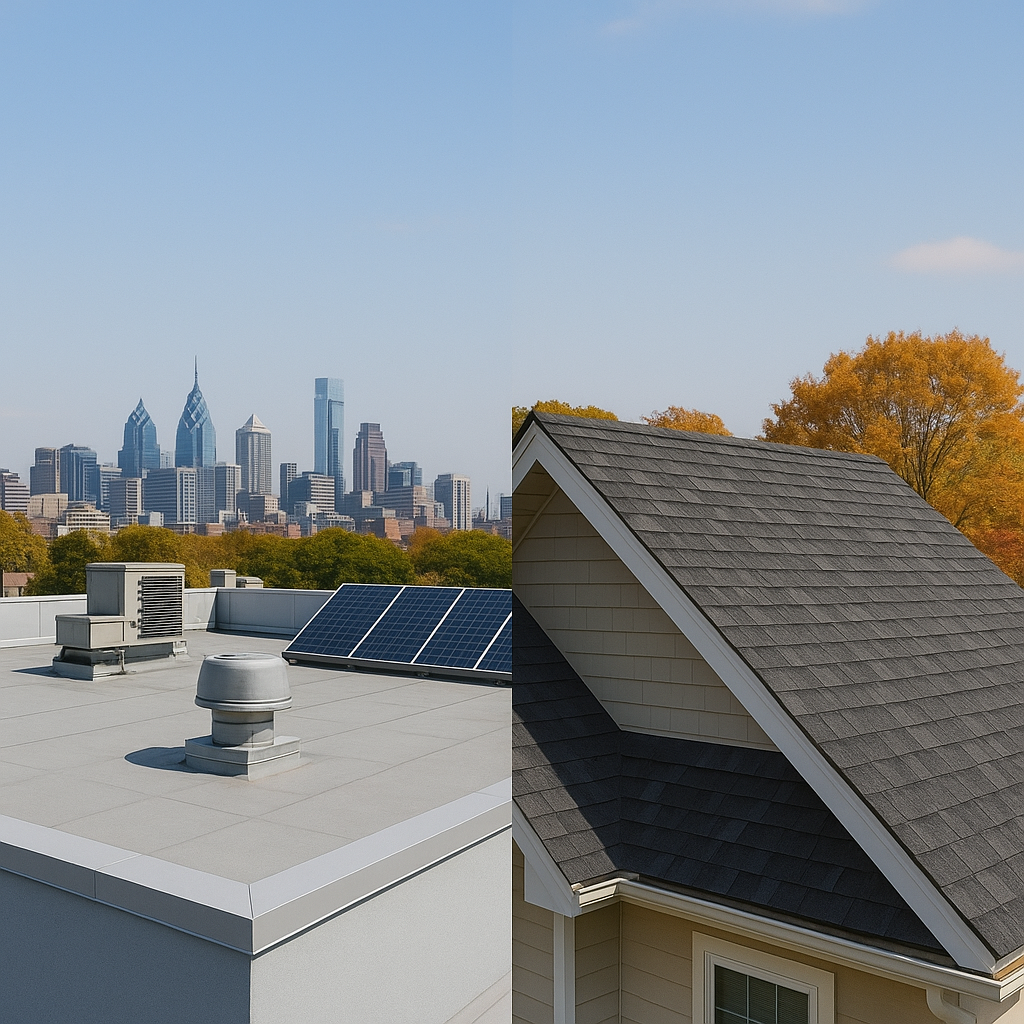
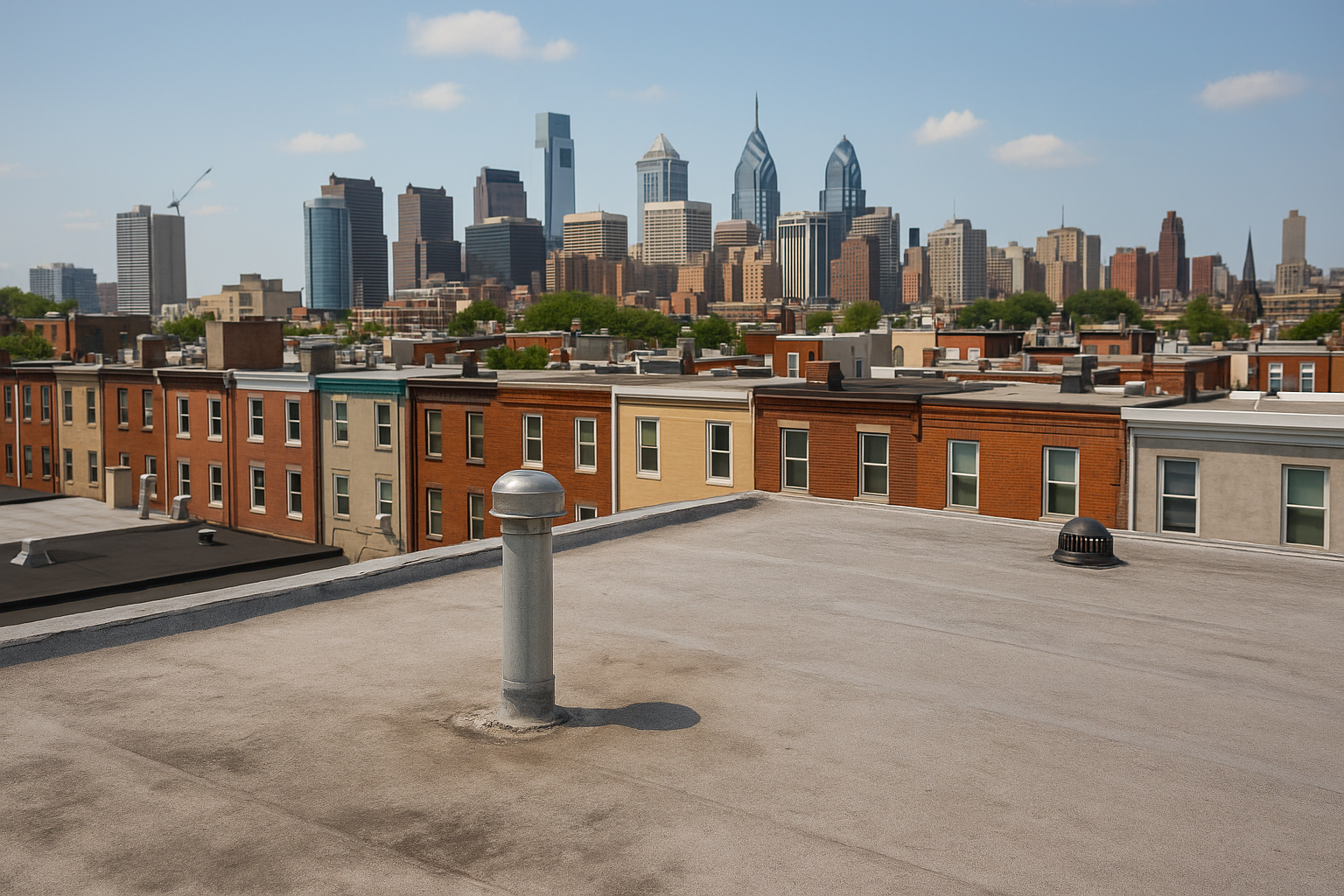
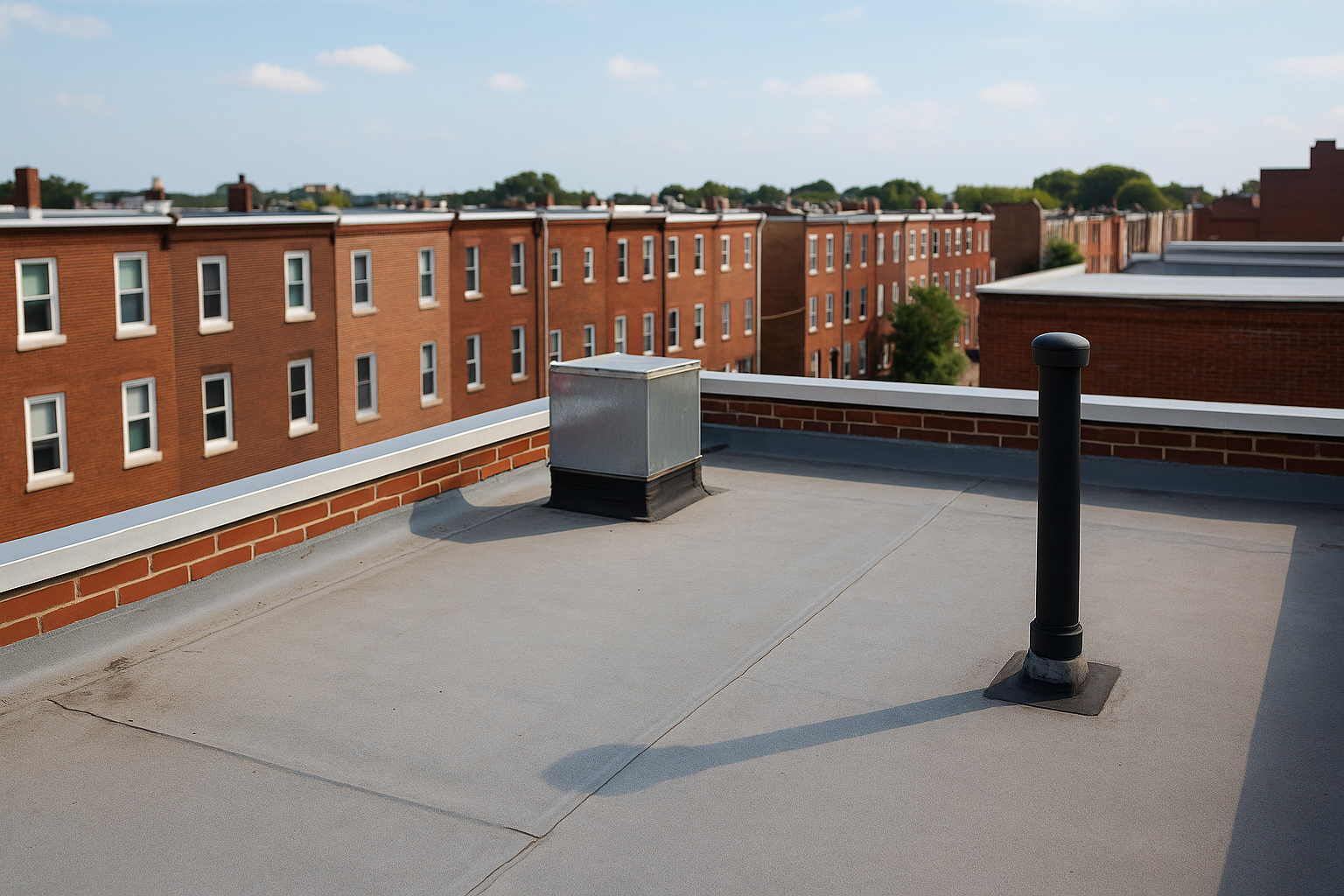
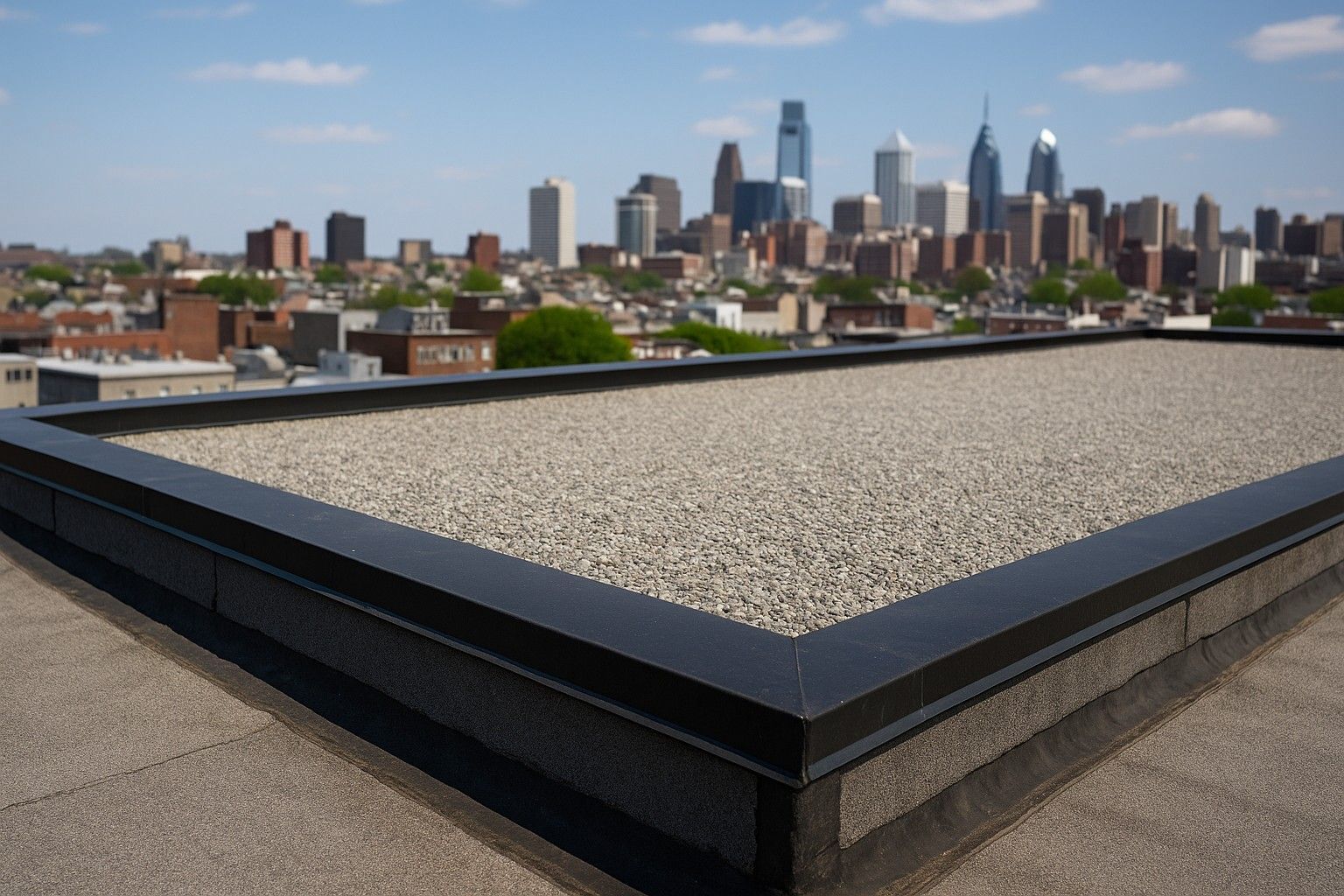
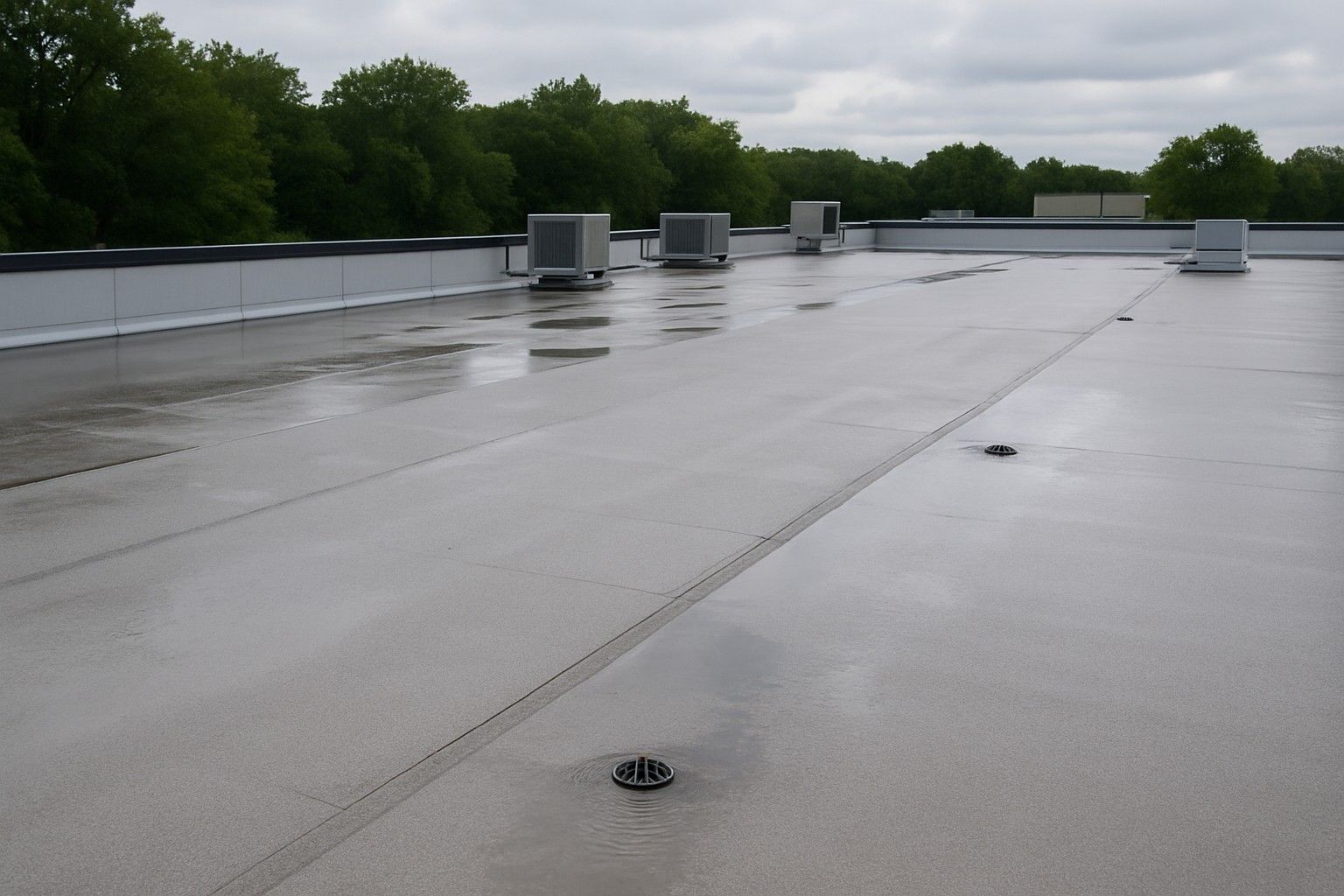
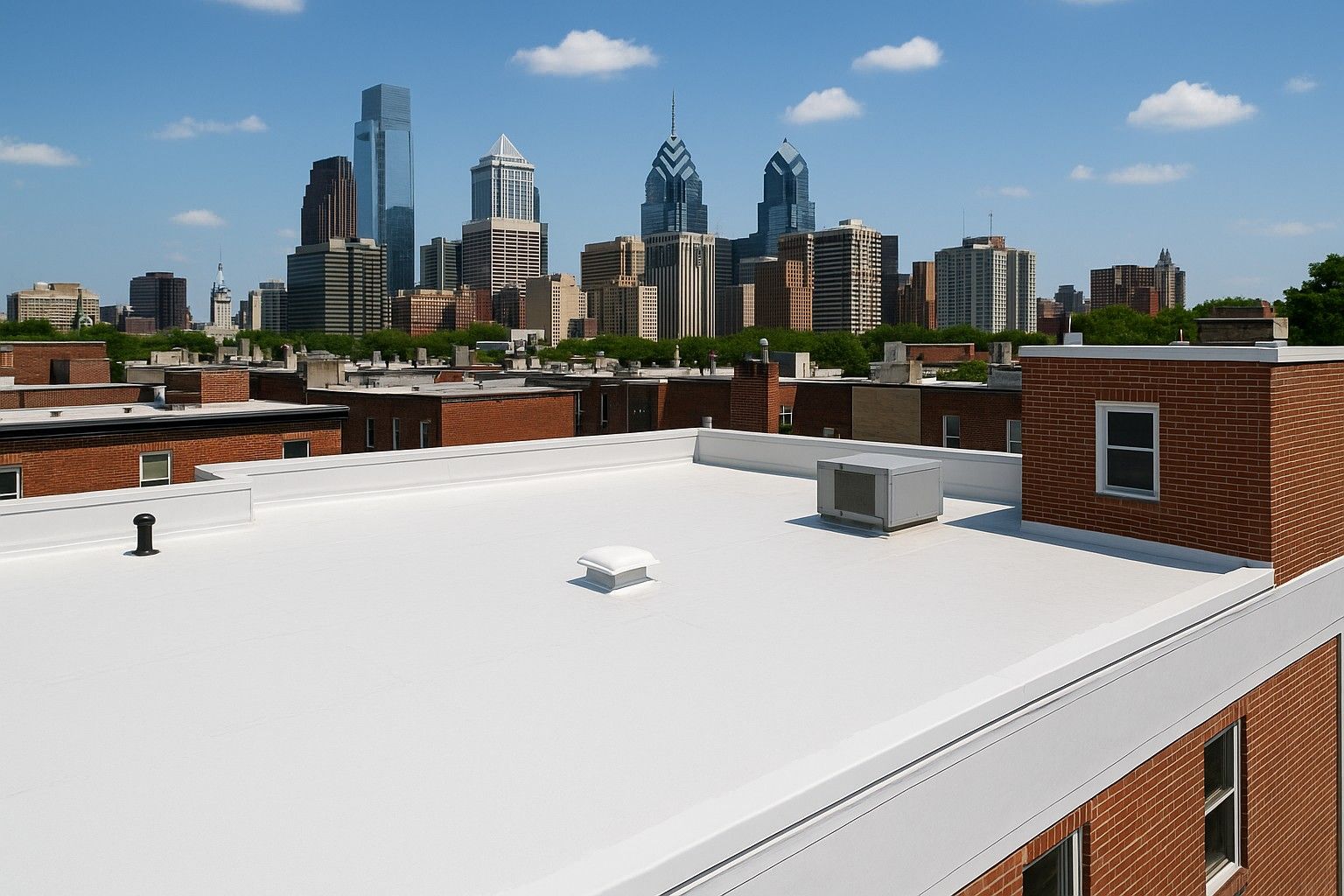
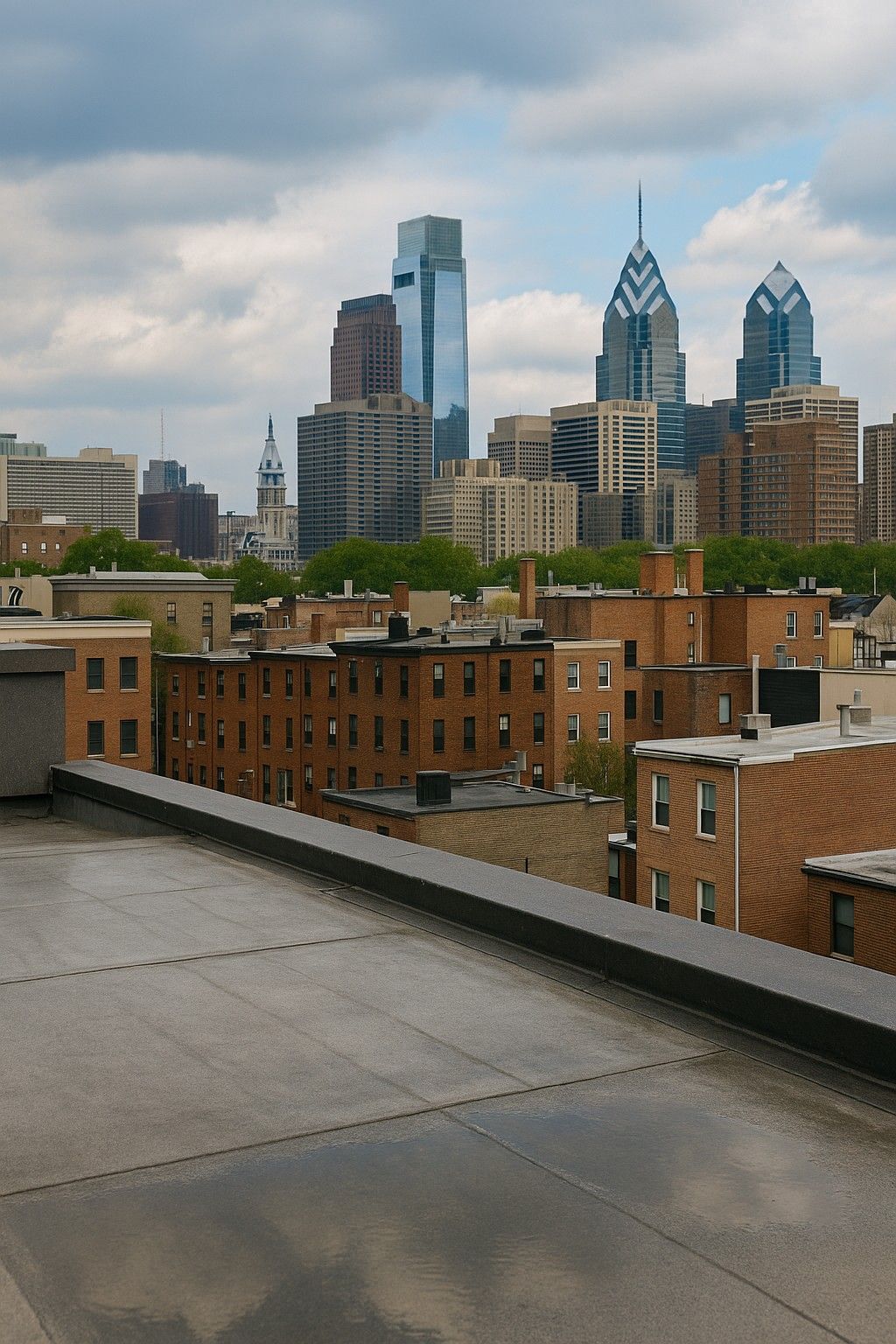
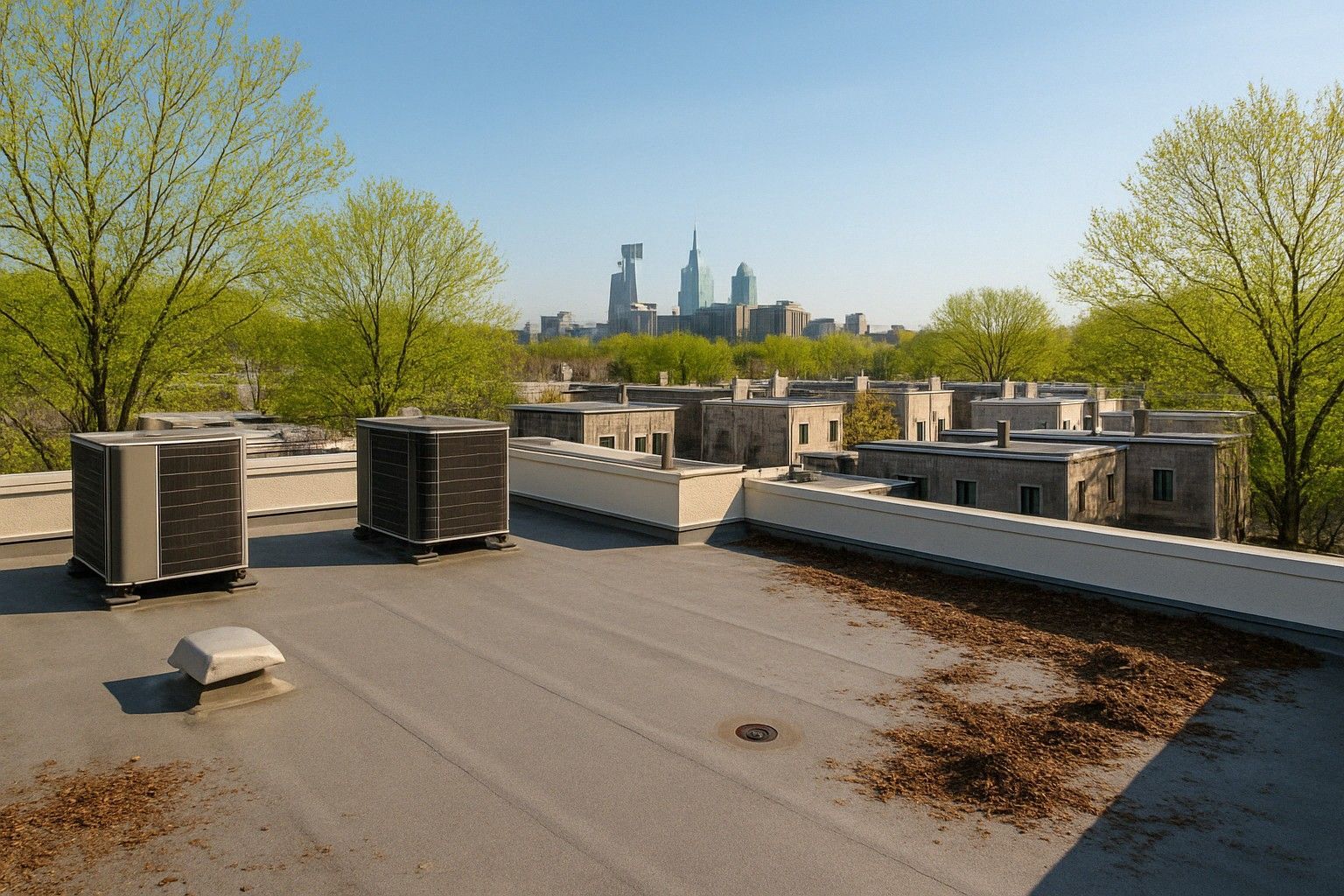

Share On: